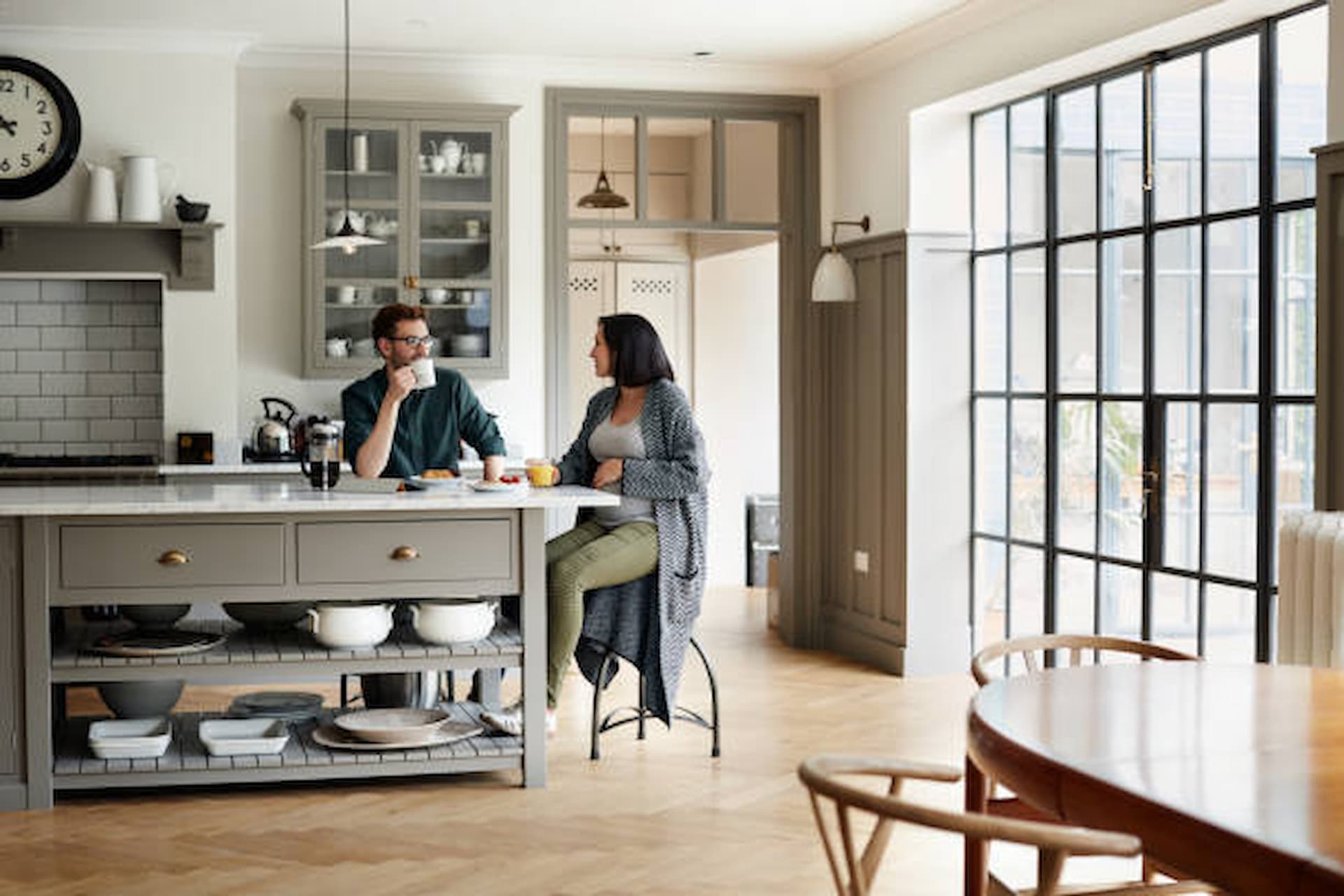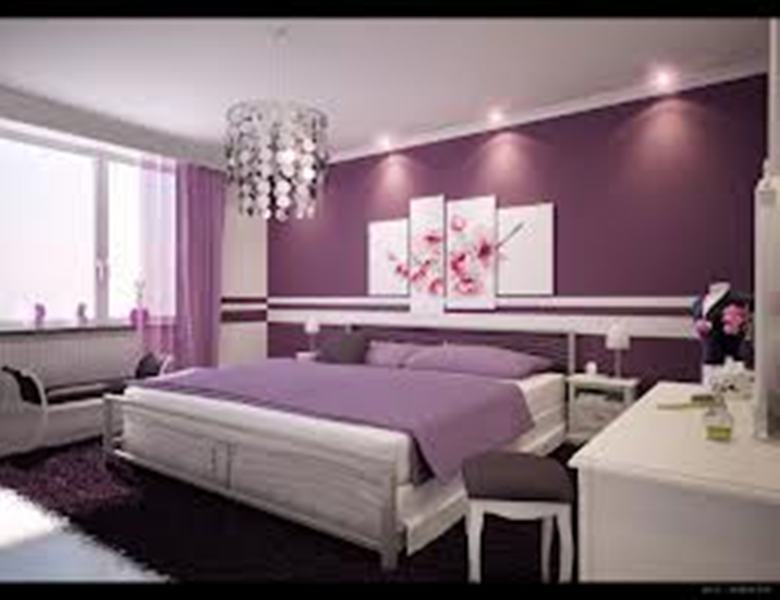Open-concept living spaces have become increasingly popular over the past decade. These open layouts are sought after for their modern aesthetic and flow, but they also come with both advantages and disadvantages that should be considered before making any decisions. In this article, we will explore the merits and demerits of open-concept living spaces.
Advantages Of Open-Concept Living Spaces
Flexibility
Open-concept living spaces have become increasingly popular in modern homes as they offer a plethora of advantages. One of the most significant benefits is the flexibility that these types of spaces provide. An open-plan living area can be transformed to accommodate different purposes, making it an ideal choice for homeowners who value versatility.
An open kitchen and eating room can become a social hub. Rearranging furniture and adding festive accents make the dining room a lively social gathering location. A large living room can become a gym with a desk and exercise equipment. This level of customisation will please home workers and those who wish to maximise their living space without sacrificing functionality.
Natural Light
When walls are knocked down to create an open-plan space, it allows natural light to flow freely from one area to another. Large windows or glass doors can also be incorporated into this design style, which further enhances the amount of natural light that enters the home. By maximizing natural light in your home, you not only save on energy costs but also create a brighter and more inviting space.
More Social
One of the main reasons why open-concept living spaces are so conducive to socializing is their spaciousness. With fewer walls dividing rooms, people can move more freely about the space without feeling confined or cramped. This allows for a natural conversation flow and makes it easier for everyone to interact with each other without any obstacles in their way.
Disadvantages Of Open-Concept Living Spaces
Privacy
One of the biggest drawbacks of open-concept living spaces is the lack of privacy they offer. With no walls or doors separating different areas, it can be difficult to find a quiet space for work or relaxation, especially if you live with roommates or family members.
Mess
Another potential issue with open-concept living spaces is the absence of defined rooms. Without clear boundaries between different areas, it can be challenging to decorate and furnish your home in a cohesive way. Additionally, if you frequently entertain guests, an open layout may make it harder to create intimate conversation areas or separate spaces for different activities.
Noise
Finally, open-concept living spaces can also exacerbate noise issues within a home. This can be problematic if someone is trying to work or relax in a quiet space while others are cooking or watching TV nearby.
Conclusion
Open-concept living spaces have their advantages and disadvantages. They can be a great way to maximize a small space, foster communication between family members, and make entertaining easier. However, there may be privacy issues, sound issues, and limited storage. Ultimately the decision should come down to individual lifestyle preferences. Before taking the leap into an open-concept home, it’s worthwhile considering both the merits and demerits of this type of living space in order to make an informed decision.



